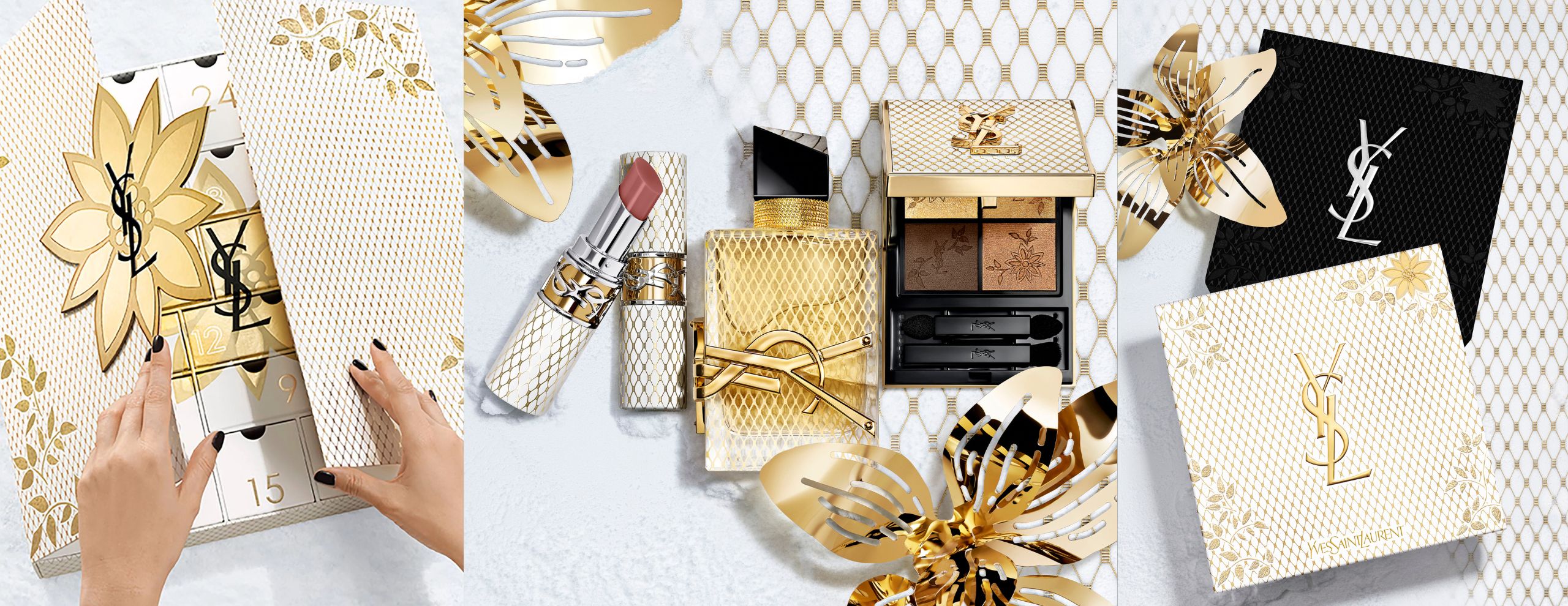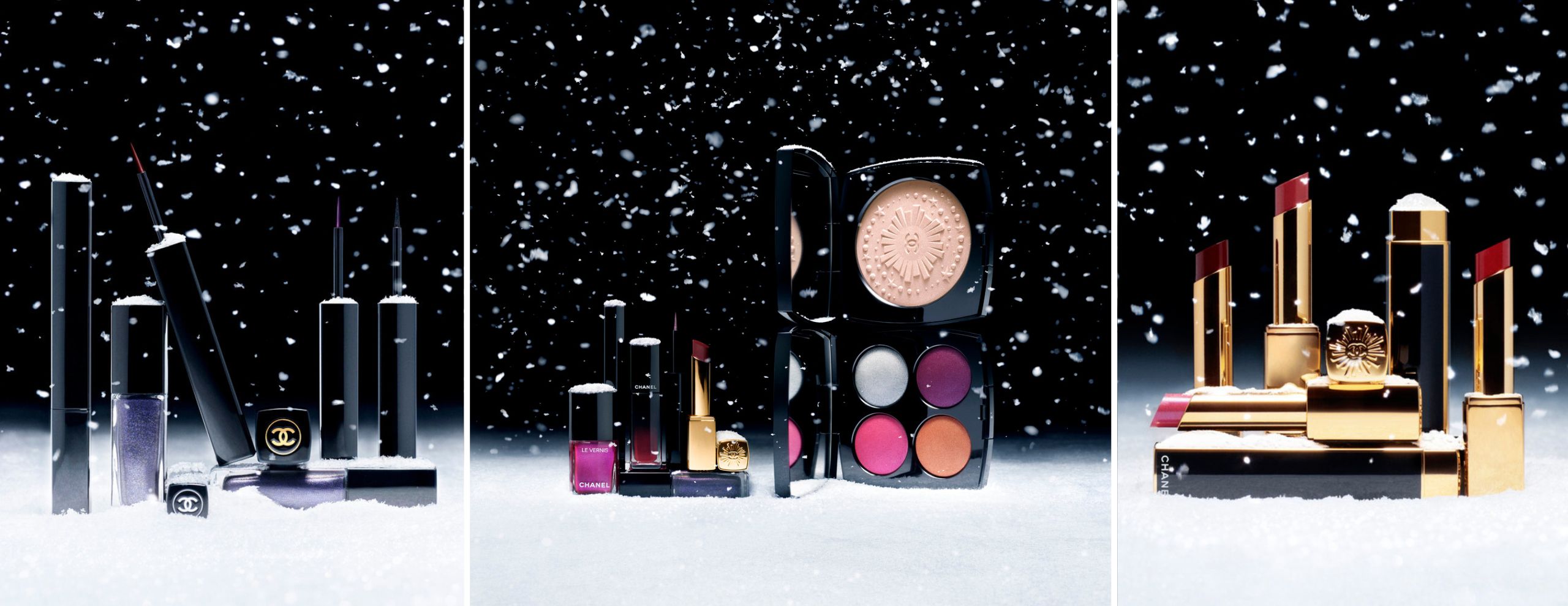All that glitters is not gold… and is perhaps unsafe for the environment as well. Yup, we may be saying goodbye to that powdery symbol of flamboyant joy in the near future, as scientists have noted that glitter should actually be a part of the microbead ban, too.
Environmental anthropologist Dr Trisia Farrelly explained to The Independent that glitter is essentially microplastic, and is mostly comprised of a combination of aluminium and PET, making it every bit as much of a problem as microbeads. These tiny pieces of plastic are less than 5 millimetres long and can be life-threatening to animals once they’ve ingested a large amount of it, particularly marine animals.
From plankton to whales, sea creatures have been documented consuming plastic, often with fatal consequences, and what’s even more terrifying is that microplastics can end up inside us when we consume seafood. Some estimates place the number of microplastics in the world’s waters at up to 51 trillion fragments.
Glitter will be a tough one to give up, particularly for the beauty industry and its perpetual obsession and need for more shimmer. It’s present in every highlighter, most eyeshadows, lip products (Pat McGrath’s glitter lip was a MOMENT, okay), shimmery body lotions and moisturisers, and let’s not forget the recent advent of glitter masks. All of it will escape down the plughole and potentially seep into our environment.
Life doesn’t have to lose its lustre, though. Glitter doesn’t have to be made of plastic, as one UK company Eco Glitter Fun proves. They’ve made a practical, convincing alternative out of biodegradable cellulose film, so for those who are heartbroken by the truth about glitter, this is the perfect alternative to satiate your hunger for shimmer. We definitely hope to see bigger companies work smarter so we can move towards a future that’s much kinder to the earth.
Header image: @beasweetbeauty










